The first 32-inch 4K 240 Hz OLED gaming monitors are here: This is how much Asus, MSI and Alienware charge for QD-OLED
This year’s CES was virtually flooded with announcements of 32-inch 4K OLED gaming monitors. The first models are already being delivered, so it’s high time for an overview of the differences between the monitors and the prices at which they can be ordered.
It is no coincidence that so many 32-inch 240 Hz 4K gaming monitors with OLED panels have been unveiled over the past few weeks. This is because Samsung Display has started production and delivery of a corresponding QD-OLED panel, which can be found in most of the monitors announced, while LG Display will deliver a similarly equipped WOLED panel in the second half of the year.
Regardless of the monitor selected, Samsung’s panel achieves a peak HDR brightness of 1,000 nits (2% APL) but only reaches around 240 nits in SDR mode. The panel can display 99% of the DCI-P3 color space. Only two monitors are available so far, but depending on your requirements, it may be worth waiting for other models.
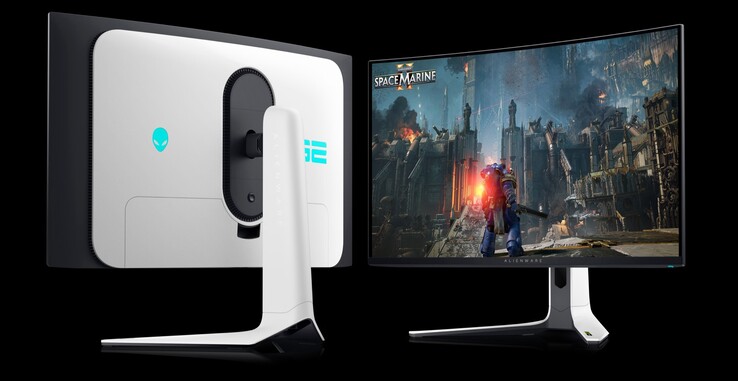
Alienware currently offers the cheapest model
With the Alienware AW3225QF, Dell offers the only monitor on the market that uses the curved version of new QD-OLED panel. At 1,700R, the curvature is comparatively subtle. Apart from this, the monitor has two special features in particular. On the one hand, the screen supports HDMI eARC and has an HDMI 2.1 input optimized for consoles, while Dolby Vision is also supported. This model lacks USB-C Power Delivery.
The Alienware AW3225QF is available in Dell’s online store for €1,119.
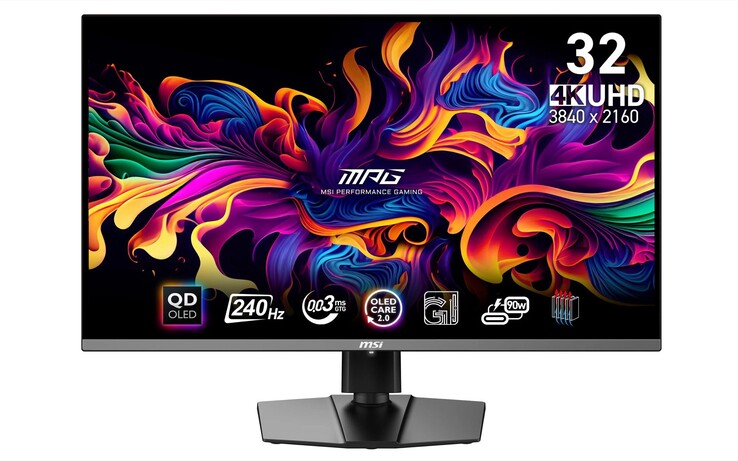
Three QD-OLED monitors from MSI
MSI has announced three monitors with Samsung’s new QD-OLED panel, but so far, only one of them has arrived in stores. The MSI MPG 321URX can be ordered for 1,409 euros. This model offers a USB-C port with 90 watt power delivery, an integrated USB hub, and a three-year warranty, including for OLED burn-in.
The MEG 321URX adds RGB lighting and AI features to the range of functions, while the MAG 321UPX is a cheaper model that does without USB-C Power Delivery.\
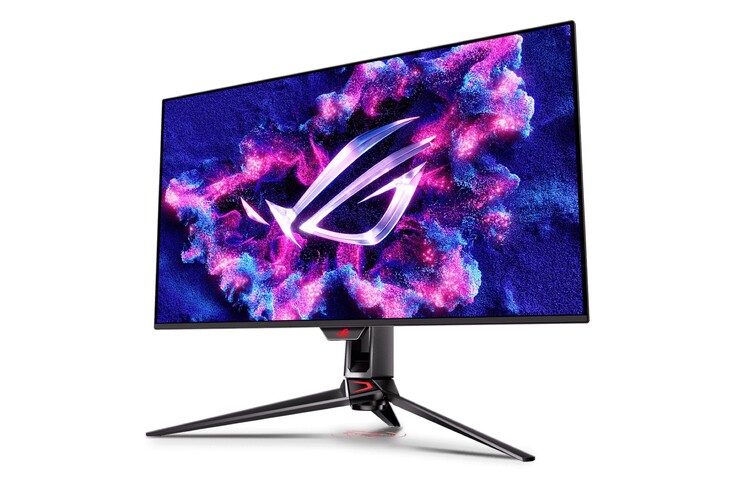
Asus with QD OLED and WOLED
The Asus ROG Swift OLED PG32UCDM launch is expected in the first quarter of 2024, but Asus has not yet commented on the list price. The monitor was available on Alza for a short time for €2,679, but this is likely to be a placeholder. The model supports 90-watt USB-C Power Delivery, Dolby Vision, and a mode that simulates a 24.5-inch or 27-inch monitor.
With the PG32UCDP, Asus is planning to launch an otherwise similarly equipped model featuring a WOLED panel from LG Display in the second half of the year. Just like the LG 32GS95UE based on the same panel, this monitor is matte instead of glossy like most QD-OLED monitors, the peak brightness is slightly higher at 1,300 nits, but the color space coverage is slightly poorer. The special feature is that the resolution can be reduced to 1080p, but the frame rate can be doubled to 480 Hz.
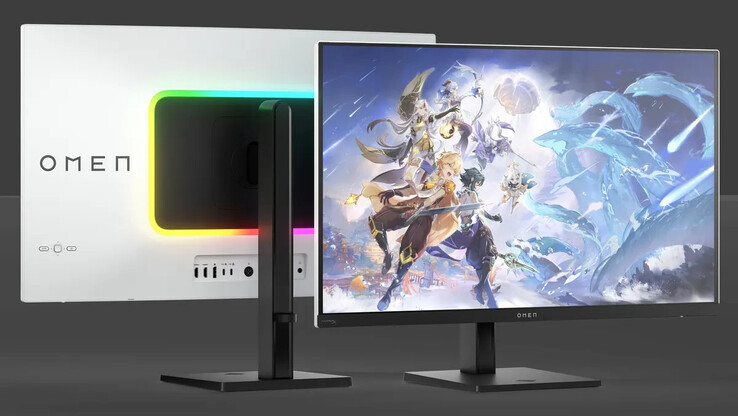
HP Omen Transcend 32 with quad speakers and 140W USB-C PD
The HP Omen Transcend 32 stands out from the competition with two features in particular. Firstly, the monitor has four 3-watt speakers with HyperX tuning, and secondly, it can charge laptops connected via USB-C with up to 140 watts instead of just 90 watts, like most competitors. This model also supports Dolby Vision. Details on the price of this model are not yet available.
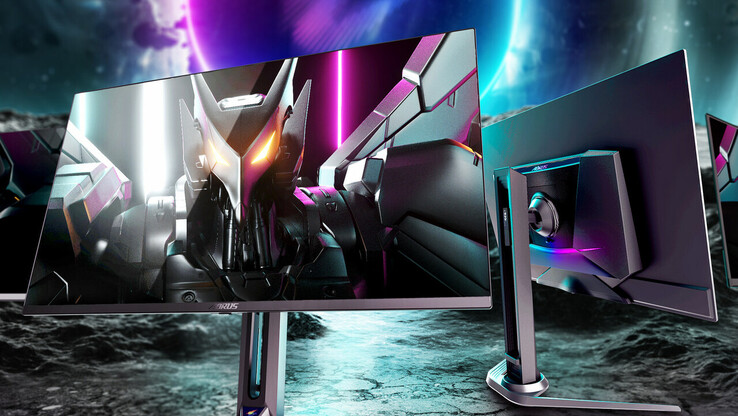
Gigabyte supports DisplayPort 2.1 UHBR20 for the first time
The Gigabyte Aorus FO32U2P is one of the first monitors to support DisplayPort 2.1 including UHBR20, i.e. data rates of up to 77 Gbit/s. Since there are currently no graphics cards available with such a fast DisplayPort, this is of little practical use. The Aorus FO32U2P offers HDMI 2.1 instead, and both models do without USB-C Power Delivery.
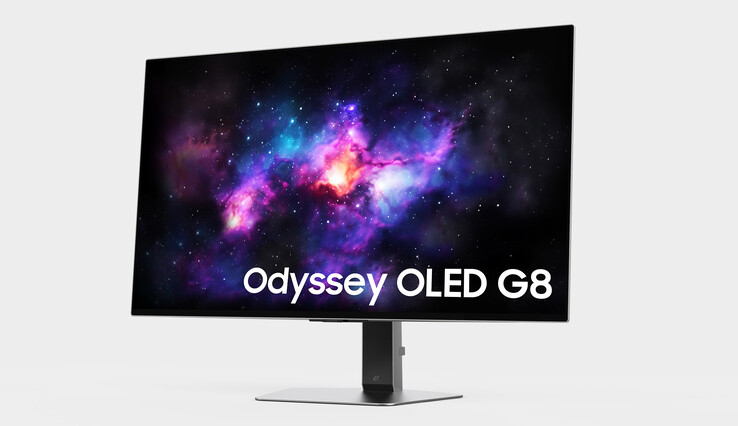
Samsung gives QD-OLED a matt finish
The new QD OLED panel is given a semi-gloss finish by all competitors, but not by Samsung Electronics, as the Samsung Odyssey OLED G80SD has a matt screen surface. Another special feature of this model is the Tizen integration so that the monitor can be used as a Smart TV. Samsung has not yet confirmed any price details.
